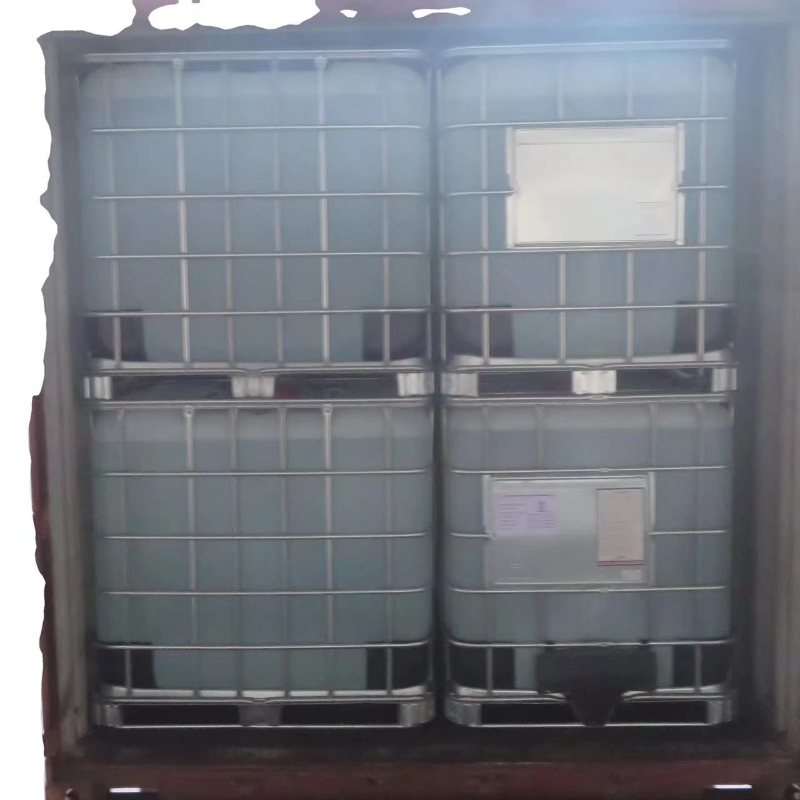-
Categories
-
Pharmaceutical Intermediates
-
Active Pharmaceutical Ingredients
-
Food Additives
- Industrial Coatings
- Agrochemicals
- Dyes and Pigments
- Surfactant
- Flavors and Fragrances
- Chemical Reagents
- Catalyst and Auxiliary
- Natural Products
- Inorganic Chemistry
-
Organic Chemistry
-
Biochemical Engineering
- Analytical Chemistry
- Cosmetic Ingredient
-
Pharmaceutical Intermediates
Promotion
ECHEMI Mall
Wholesale
Weekly Price
Exhibition
News
-
Trade Service
For medical professionals only
The new initiative is less toxic and less monitoredOn 27 June 2022, the World Health Organization (WHO) published an update to the Guidelines for the Diagnosis, Prevention and Management of Cryptococcosis in Adults, Adolescents and Children Living with HIV[1
A single high dose of amphotericin B liposomes (L-AmB) is strongly recommended in this update as a component of the preferred induction regimen for the treatment of Cryptococcus meningitis (CM) in HIV-infected patients [10 mg/kg L-AmB+5-FC (100 mg/kg·d*14d)+FLU (1200 mg/day*14d)].
Watch the video to learn more about Professor Lu's wonderful reviews!
In the treatment of Cryptococcus meningitis, Cryptococcus meningitis (CM), which races
Among the secondary endpoints, the mean rates of Cryptococcal clearance in cerebrospinal fluid in the L-AmB and DAmB groups within 14 days were -0.
Within 21 days of initiation of antifungal therapy, fewer people in the L-AmB group experienced grade 3-4 adverse events [210 (50.
1.
2.
3.
Get more of the latest literature, guidelines and cutting-edge information in the field of hepatitis, AIDS, antifungals, and interact
with AI medical assistant "Xiaozhi", welcome to pay attention to the "JizhiYi" reference:
[1] World Health, O.
, Guidelines for diagnosing, preventing and managing cryptococcal disease among adults, adolescents and children living with HIV.
2022, Geneva: World Health Organization.
[2] Rajasingham, R.
, et al.
, Global burden of disease of HIV-associated cryptococcal meningitis: an updated analysis.
Lancet Infect Dis, 2017.
17(8): p.
873-881.
[3] Pasquier, E.
, et al.
, Long-term Mortality and Disability in Cryptococcal Meningitis: A Systematic Literature Review.
Clin Infect Dis, 2018.
66(7): p.
1122-1132.
[4] Stott, K.
E.
, et al.
, Cryptococcal meningoencephalitis: time for action.
The Lancet Infectious Diseases, 2021.
21(9): p.
e259-e271.
[5] Wu, X.
and Y.
Shen, Management of human immunodeficiency virus-associated cryptococcal meningitis: Current status and future directions.
Mycoses, 2019.
62(10): p.
874-882.
[6] Jarvis, J.
N.
, et al.
, Single-Dose Liposomal Amphotericin B Treatment for Cryptococcal Meningitis.
N Engl J Med, 2022.
386(12): p.
1109-1120.
[7] Stone, N.
R.
, et al.
, Liposomal Amphotericin B (AmBisome(®)): A Review of the Pharmacokinetics, Pharmacodynamics, Clinical Experience and Future Directions.
Drugs, 2016.
76(4): p.
485-500.
[8] Hamill, R.
J.
, et al.
, Comparison of 2 doses of liposomal amphotericin B and conventional amphotericin B deoxycholate for treatment of AIDS-associated acute cryptococcal meningitis: a randomized, double-blind clinical trial of efficacy and safety.
Clin Infect Dis, 2010.
51(2): p.
225-32.
[9] Chen, M.
, N.
Xu, and J.
Xu, Cryptococcus Neoformans Meningitis Cases Among China's HIV-Infected Population may have been Severely Under-Reported.
Mycopathologia, 2020.
185(6): p.
971-974.
[10] Fang, L.
F.
, et al.
, Clinical and microbiological characteristics of cryptococcosis at an university hospital in China from 2013 to 2017.
Braz J Infect Dis, 2020.
24(1): p.
7-12.
[11] Pang, W.
, et al.
, Prevalence of Opportunistic Infections and Causes of Death among Hospitalized HIV-Infected Patients in Sichuan, China.
Tohoku J Exp Med, 2018.
244(3): p.
231-242.
This information is for medical and scientific reference only and is not recommended for use in any way that is inconsistent with the prescribing information approved in your country,







